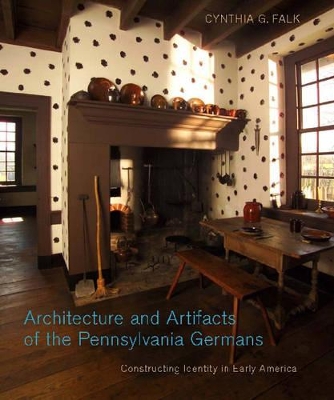Pennsylvania German History and Culture
1 total work
How did a mid-eighteenth-century group, the so-called Pennsylvania Germans, build their cultural identity in the face of ethnic stereotyping, nostalgic ideals, and the views imposed by outside contemporaries? Numerous forces create a group's identity, including the views of outsiders, insiders, and the shaping pressure of religious beliefs, but to understand the process better, we must look to clues from material culture.
Cynthia Falk explores the relationship between ethnicity and the buildings, personal belongings, and other cultural artifacts of early Pennsylvania German immigrants and their descendants. Such material culture has been the basis of stereotyping Pennsylvania Germans almost since their arrival. Falk warns us against the typical scholarly overemphasis on Pennsylvania Germans' assimilation into an English way of life. Rather, she demonstrates that more than anything, socioeconomic status and religious affiliation influenced the character of the material culture of Pennsylvania Germans. Her work also shows how early Pennsylvania Germans defined their own identities.
